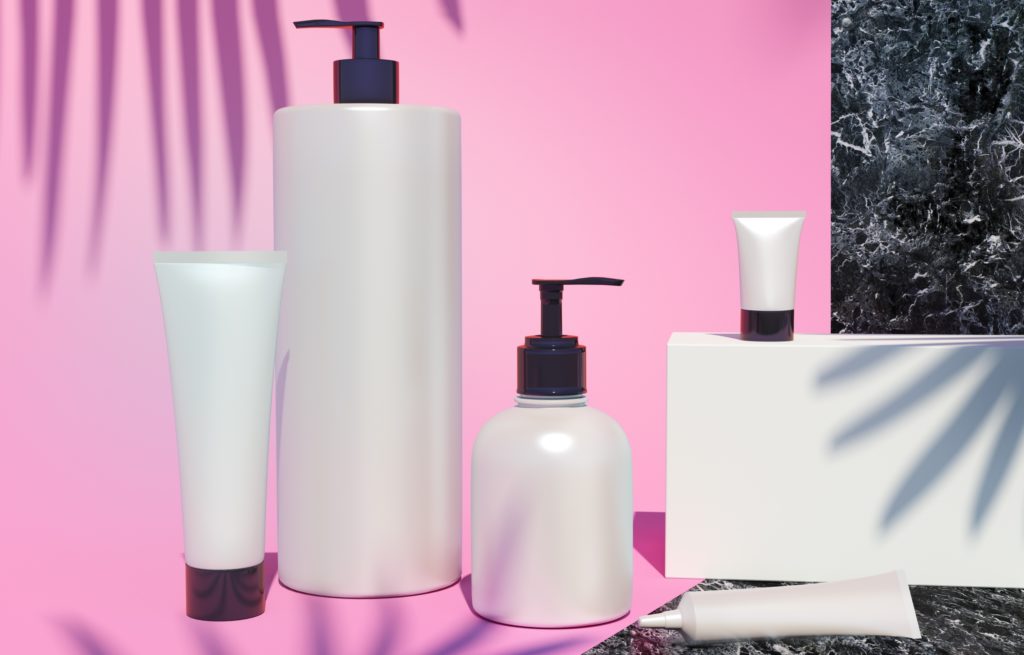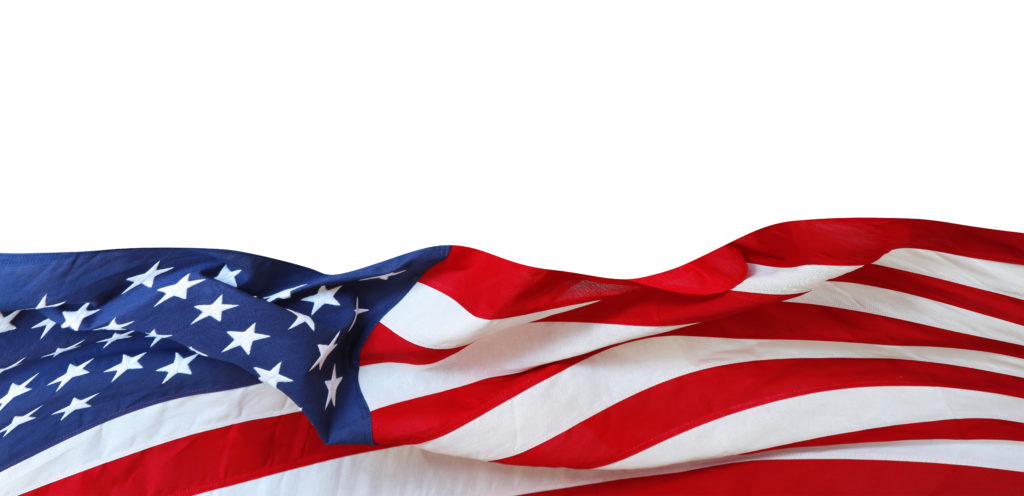FDA Cosmetics Labeling Requirements
Cosmetics Labeling Requirement
FDA Cosmetics Labeling Regulations
Cosmetic labeling regulations are rules established by government agencies to ensure that cosmetic products sold in the United States are safe and accurately labeled. The labeling regulations require that certain information be included on the product label, such as the ingredients used, product claims, and usage instructions.
In the United States, cosmetic labeling regulations are primarily enforced by two government agencies: the Food and Drug Administration (FDA) and the Federal Trade Commission (FTC).
U.S. Federal Food and Drug Administration (FDA) regulates cosmetic labeling under the authority of the Federal Food, Drug, and Cosmetic Act (FD&C Act) and the Fair Packaging and Labeling Act (FPLA). These laws and related regulations are intended to protect consumers from health hazards and deceptive practices and to help consumers make informed decisions regarding product purchases.
The agency has the authority to take action against companies that violate labeling requirements, such as misbranding, false advertising, or the use of prohibited ingredients. The FDA also establishes safety standards for cosmetic products, including those related to ingredient safety, product testing, and packaging.
The FTC is responsible for enforcing truth-in-advertising laws, which apply to cosmetic labeling claims. The agency has the authority to take action against companies that make false or misleading claims about their products, such as claims that a product can cure a disease or provide a benefit that it cannot.
If you import cosmetic products into U.S. marketplace, it is imperative that you ensure your label and labeling claims are compliant with all applicable laws and regulations.
Overall, the FDA and FTC play critical roles in ensuring that cosmetic products sold in the United States are safe and accurately labeled, and they work together to enforce these regulations.
Adulterated or Misbranded Cosmetics
The FD&C Act prohibits the distribution of cosmetics which are adulterated or misbranded.
A cosmetic is considered adulterated if it contains a substance which may make the product harmful to consumers under customary conditions of use.
A cosmetic is misbranded if its labeling is false or misleading, if it does not bear the required labeling information, or if the container is made or filled in a deceptive manner.
A cosmetic product can become misbranded if:
- its labeling is false or misleading,
- its label fails to provide required information,
- its required label information is not properly displayed, and
- its labeling violates requirements of the Poison Prevention Packaging Act of 1970.
According to the FD&C Act, nearly everyone involved in cosmetics interstate commerce, such as manufacturers, packers, distributors, and retailers, is responsible for assuring that he or she is not dealing in products that are adulterated or misbranded, even if someone else caused the adulteration or misbranding in the first place. If you introduce it into interstate commerce or receive it in interstate commerce, you are responsible. The law applies to components and packaging as well as to finished products.
Does FDA pre-approve cosmetic product labeling?
No. FDA does not have the resources or authority under the law for pre-market approval of cosmetic product labeling. The law does not require cosmetic products and ingredients, other than color additives, to have FDA approval before they go on the market. It is the manufacturer's and/or distributor's responsibility to ensure that products are labeled properly. However, please note that cosmetics are not FDA-approved, but are FDA-regulated. Failure to comply with labeling requirements may result in a misbranded product.
Is it permitted to label cosmetics ”FDA Approved”?
No. As part of the prohibition against false or misleading information, no cosmetic may be labeled or advertised with statements suggesting that FDA has approved the product. This applies even if the establishment is registered or the product is on file with FDA's Voluntary Cosmetic Registration Program (VCRP). The regulations prohibit the use of participation in the VCRP to suggest official approval. False or misleading statements on labeling make a cosmetic misbranded.
Who is responsible for substantiating the safety of cosmetics?
Companies and individuals who manufacture or market cosmetics have a legal responsibility to ensure the safety of their products. Neither the law nor FDA regulations require specific tests to demonstrate the safety of individual products or ingredients. The law also does not require cosmetic companies to share their safety information with FDA.
Labeling Claims
Cosmetic labeling must be truthful and not misleading. Products intended to affect the structure or function of the body, or for a therapeutic purpose, such as treating or preventing disease, are subject to regulation as drugs. Here is information on claims that are sometimes made for cosmetic products:
- “Alcohol Free”
- “Cosmeceutical”
- “Cruelty Free”/”Not Tested on Animals”
- “Hypoallergenic”
- “Organic”
Expiration Dating
There are no regulations or requirements under current United States law that require cosmetic manufacturers to print expiration dates on the labels of cosmetic products, but cosmetic firms have a responsibility for the safety of their products. Here's where to learn more about shelf life and expiration dating.
Label Warnings
Cosmetics which may be hazardous to consumers when misused must bear appropriate label warnings and adequate directions for safe use. The statements must be prominent and conspicuous. Some cosmetics must bear label warnings or cautions prescribed by regulation. Cosmetics in self-pressurized containers (aerosol products), feminine deodorant sprays, and children's bubble bath products are examples of products requiring such statements.
What about if a cosmetic product makes therapeutic claims?
Be aware that promoting a product with claims that it treats or prevents disease or otherwise affects the structure or any function of the body may cause the product to be considered a drug. FDA has an Import Alert in effect for cosmetics labeled with drug claims.
How should products be labeled if they are both drugs and cosmetics?
If a product is an over-the-counter (OTC) drug as well as a cosmetic, its labeling must comply with the regulations for both OTC drug and cosmetic ingredient labeling. The drug ingredients must appear according to the OTC drug labeling requirements and the cosmetic ingredients must appear separately, in order of decreasing predominance.
In-Depth Coverage: Cosmetics Import Requirements
In-Depth Coverage: Country of Origin
- Country of Origin of Imported Merchandise
- Customs Ruling: Country of Origin
- Country of Origin: Food Products
- Country of Origin: Chemical and Pharmaceutical Products
- Country of Origin & Country of Manufacture: CBP vs. FDA
- Country of Origin: Substantial Transformation or Country of Assembly Test
- Country of Origin and Free Trade Agreement
- Country of Origin and Section 301
In-Depth Coverage: Marketing and Advertising Compliance
- Federal Trade Commission (FTC) Advertising Rules
- Made in USA Standard
- FTC Regulation on Environmental Claims
- Adverting and Marketing on the Internet
- Label Claims for Conventional Foods and Dietary Supplements
- Dietary Supplement Advertising: What is FTC's Truth-in-Advertising Law?
- USDA Country of Origin Labeling (COOL)
- FTC Rules & Regulations on Food Advertisement
What languages are acceptable?
All labeling information that is required by law or regulation must be in English. The only exception to this rule is for products distributed solely in a U.S. territory where a different language is predominant, such as Puerto Rico.
If the label or labeling contains any representation in a foreign language, all label information required under the FD&C Act must also appear in that language.
What labeling information is required?
The following information must appear on the principal display panel:
Identity of the product
An identity statement must be provided, indicating the nature and use of the product, by means of either the common or usual name, a descriptive name, a fanciful name understood by the public, or an illustration.
Net quantity of contents
An accurate statement of the net quantity of contents must be provided, in terms of weight, measure, numerical count or a combination of numerical count and weight or measure.
The following information must appear on an information panel:
Name and place of business
This may be the manufacturer, packer, or distributor. This includes the street address, city, state, and ZIP Code. You may omit the street address if it is listed in a current phone directory or city directory.
Distributor statement
If the name and address are not those of the manufacturer, the label must say “Manufactured for…” or “Distributed by…,” or similar wording expressing the facts.
Material facts
Failure to reveal material facts is one form of misleading labeling and therefore makes a product misbranded. An example is directions for safe use, if a product could be unsafe if used incorrectly.
Warning and caution statements
These must be prominent and conspicuous. The FD&C Act and related regulations specify warning and caution statements related to specific products. In addition, cosmetics that may be hazardous to consumers must bear appropriate label warnings [21 CFR 740.1]. An example of such hazardous products is flammable cosmetics.
Ingredients
If the product is sold on a retail basis to consumers, even it is labeled “For professional use only” or words to that effect, the ingredients must appear on an information panel, in descending order of predominance. Remember, if the product is also a drug, its labeling must comply with the regulations for both OTC drug and cosmetic ingredient labeling, as stated above.
FDA-Regulated Products and Import Requirements
- What is Food Safety Modernization Act (FSMA)?
- Prior Notice of Imported Foods
- Food Facility Registration
- Risk-Based Preventive Controls for Human Food
- Risk-Based Preventive Control for Animal Food
- Standards for the Growing, Harvesting, Packing, and Holding of Produce for Human Consumption
- What is Foreign Supplier Verification Program (FSVP)?
- Protect Food against Intentional Adulteration
- FDA Regulated Product in Foreign Trade Zone (FTZ)
- Entry Review Process for FDA Regulated Products
- Country of Origin VS Country of Manufacture
- Foods Regulated by FDA or USDA: What is the Difference?
- Label and Labeling Claims for Conventional Food and Dietary Supplements
- What is USDA Country of Origin Labeling (COOL)?
- Import for Export of FDA Regulated Products
- FDA Regulated Products in Personal Baggage or Sending by Mail or Courier
- International Mail Facility (IMF) and FDA Regulation
- Importing Biological Product Regulated by CBER
- Importing Cosmetics and Voluntary Cosmetic Registration Program (VCRP)
- Importing Drugs into the U.S.
- Importing OTC Drugs into the U.S.
- Importing Veterinary Drugs into the U.S.
- Importing Tobacco Products into the U.S.
- Importing Medical Devices into the U.S
- Importing Food Products into he U.S.
- Importing Radiation-Emitting Products into the U.S.
Quick Link To U.S. Customs & Import Requirements
Customs Clearance and Import Requirements
- Entry of Imported Merchandise
- What is Section 321 Entry?
- What is Automated Commercial Environment (ACE)
- What is an Automated Broker Interface (ABI)?
- Who is Ultimate Consignee?
- What is Non-Resident Importer Program?
- Country of Origin of Imported Merchandise
- What is the Country of Assembly?
- What is the FDA's Country of Manufacture?
- Marking of Country of Origin on U.S. Imports
- What is Customs Bond?
- Reconciliation Prototype and Bond Rider
- Who Needs a Customs Broker?
- What is Customs Ruling Program?
- Classification of Imported Goods
- How is imported merchandise appraised?
- What are Import Quotas?
- What are Trade Remedy Duties?
- Antidumping Duty (AD) and Countervailing Duty (CVD)
- What is Foreign Trade Zone (FTZ)?
- What is Importer Security Filing (ISF)?
- What is Temporary Importation under Bond (TIB)
- What is In-Bond Process?
Guidance on customs & logistics solution for traditional and e-commerce importers and exporters
Importer Security Filing (ISF)
An ISF is required when cargo (ocean only) laden on vessel at a foreign port is destined for shipment to the U.S. Under ISF rule, some importing information and details regarding cargo must be transmitted to the CBP at least 24 hours before goods are loaded onto the vessel.
Customs Clearance
All goods imported into the U.S. are required to be declared to CBP. Our customs broker will help you stay in compliance with customs laws and regulations and clear your goods quickly and efficiently with our electronic Automated Commercial Environment (ACE) and Automated Broker Interface (ABI) Single Window System.
Freight Forwarding
Looking for a freight forwarding partner? To move your cargo from its current location through customs to its final destination we will partner with you to find the best way for your business. Whatever your transportation, logistics or customs clearance needs, we will do our best to customize a solution for your needs.
Warehousing & Distribution
Our warehouse facility offers great potential for serving as a regional hub with over 145,000 SF storage capacity close to Los Angeles Airport & Los Angeles/Long Beach Sea port. With our extensive experience in freight services, your import/export cargo will be handled quickly and effectively.
Section 321 Entry
Section 321 entry allows importing free of duty and tax for shipments imported by one person on one day having a fair retail value in the country of shipment not more than $800. We provide our resident and non-resident clients with dedicated ACE eManifest solutions for Section 321 entry of all modes of transportation.
Non-resident Importer Program
If you want to sell your products in U.S. marketplaces, but you are a business owner located outside of the U.S. and do not have an entity or presence in the U.S., you need to be established as a Foreign Importer of Record before your products can be imported into the U.S. We can help you.
E-Commerce
The Internet has made it easy to find and purchase items from almost anywhere in the world. Our e-commerce experts will help you find the right solution for your international transportation, customs clearance, and delivery to your final destination. We also provide value-added repackaging, warehousing and distribution services.


















